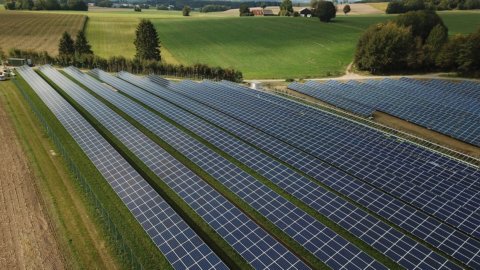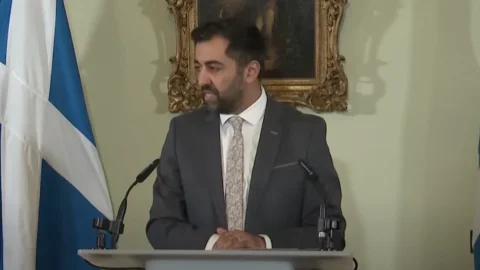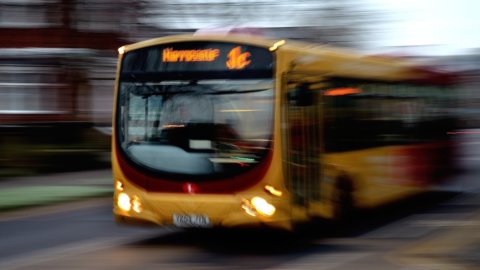Don't fall behind and if there was a need for an open initiative, Enea took care of it. A network to encourage agrovoltaic, perhaps also to make it known in more detail. Businesses, institutions, universities, associations, all in tune with a very sustainable theme. The recent PNRR is too important an occasion not to be missed entering quality Italian agriculture. The numbers entered by Minister Roberto Cingolani for these applications, in the document being examined by the EU Commission, are of great interest: 1,1 billion euros, 2,43 Gigawatts of production and the prospect of reducing carbon dioxide in the atmosphere by 1,5 million tons. A productive synthesis, the agrovoltaic that combines solar energy and crops from the countryside. In a broad sense reorganizes energy needs and creates new wealth. A substantial and modern hybridization on which Enel Green Power has built its own operating program in Spain, Italy and Greece. Times are fast even if Italy has yet to extricate itself from appeals, a recent ruling by the Council of State, bizarre denials.
The Italian countryside, in any case, will want to be well present in the circular economy systems. Aeneas's is a first step that must be supported even beyond the PNRR. In the meantime, it is necessary to arrive at the definition of an incentive methodological and regulatory framework. Create guidelines for plant design and evaluation to provide support tools for policy makers at various levels. Certainly there is also a need to raise the level of knowledge and economic utility. In this context, it is nice to know that alongside Enea are: the Italian Association of Landscape Architecture (AIAPP), Confagricoltura, the Order of Agronomists and Foresters, FREE Coordination, Italiasolare, Legambiente, the Catholic University of Piacenza.
«The agri-food system must address the issues of decarbonisation, sustainability and competitiveness and, in this context, agro-voltaics can represent a new opportunity for farmers through win-win models that enhance the synergies between agricultural production and energy generation" , says Massimo Iannetta, head of Biotechnology and Agro-industry at ENEA. The next step will have to be local diffusion programs on farms, overcoming bureaucratic obstacles and the limits of space available for installations in cities. Aeneas is working on it. "The specificity of urban contexts and the limited potential for constructing photovoltaics in buildings, but also the uncertainties related to land use change and landscape transformation, block authorisations", explains Ezio Terzini who deals with Photovoltaics and Smart Devices . Bureaucracy is the hidden trap of the ecological transition and we are all waiting for the reforms announced by Minister Brunetta. After all, Minister Cingolani himself fears that without an easing of the authorization procedures, his Plan will die. In the general panorama, agrovoltaic systems can represent a useful transversal response, provided that innovative technological solutions are adopted. The much debated theme of the reduction of the agricultural quantity that can be cultivated will, in fact, be overcome through resilient structures and technologies. It's not difficult to do this.
But do farms have an economic advantage? It seems so. A study by the Catholic University of Piacenza established that the cost of electricity produced in the countryside with solar cells is about 9 euro cents per kilowatt hour. At the same time greenhouse gas emissions are reduced and agricultural quality is gainedthere. As for the structures, the studies say that the panels raised from the ground or robust techno-structures have a limited impact on soil consumption compared to ground-based systems. In specific environmental conditions they even increase the yield of some crops.
Moving forward, at this point, seems almost obligatory. Italy, which experiments and challenges the times of energy performance by reducing polluting emissions, is on the right track. The men of Enea and those of the institutions adhering to the project are convinced that over time there will be an interdependence between the production of food, energy, water, territories and health. A single thread that in the ecological transition traced by the Draghi government can only do good. Just believe.





